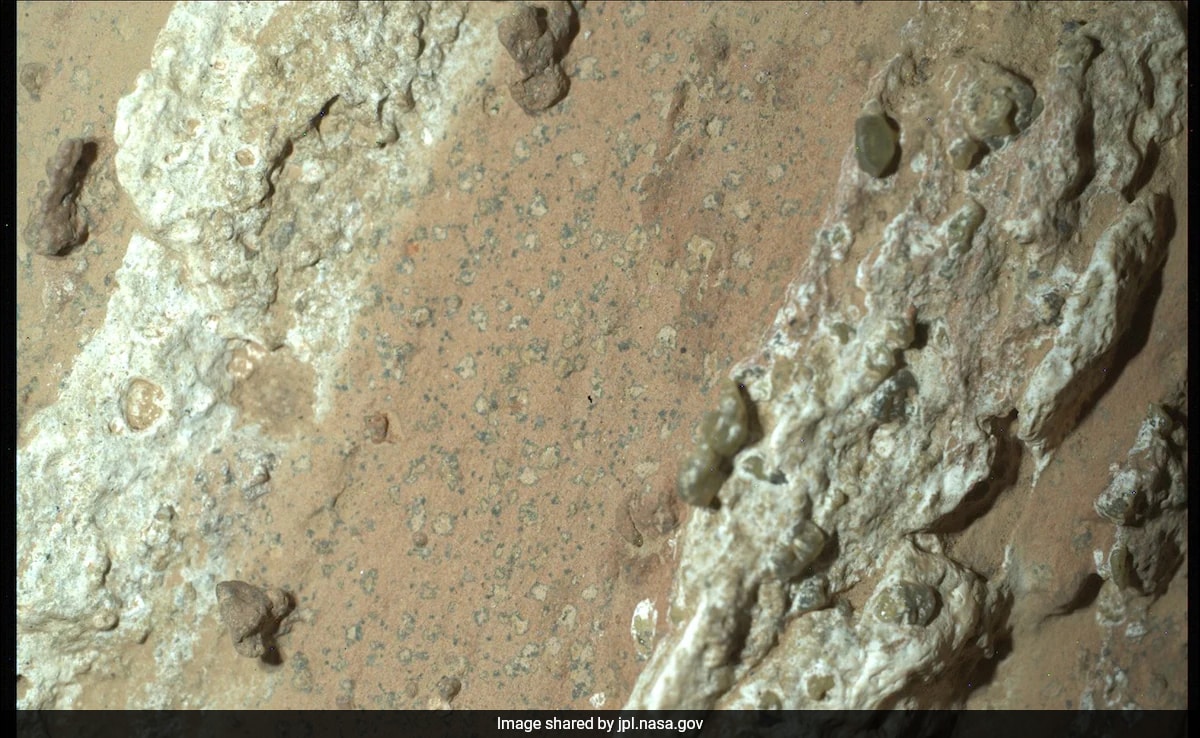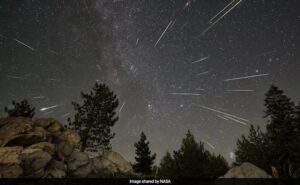The rover’s rock core sample was collected on July 21
NASA’s Perseverance rover has made a significant discovery on Mars, finding evidence of ancient life on the Red Planet. According to the Guardian, the rover recently discovered an intriguing rock sample, nicknamed “Cheyava Falls,” which contains organic molecules and structures that could have been formed by microbial life. The rock was also found in an ancient river valley, which suggests that the area may have once been capable of supporting life.
”The rock exhibits chemical signatures and structures that could possibly have been formed by life billions of years ago when the area being explored by the rover contained running water,” NASA said in a statement on Thursday.
”We’re not able to say that this is a sign of life. But this is the most compelling sample we’ve found yet,” said Perseverance deputy project scientist Katie Stack Morgan of NASA’s Jet Propulsion Lab in Pasadena.
The rover’s rock core sample was collected on July 21, as it explored the northern edge of Neretva Vallis, an ancient river valley measuring a quarter-mile wide that was carved by water rushing into Jezero Crater long ago. It measures 3.2 feet by 2 feet and was named after a Grand Canyon waterfall.
Ken Farley, the project scientist on the mission at the California Institute of Technology, said Cheyava Falls was ”the most puzzling, complex and potentially important rock yet investigated by Perseverance”.
”On the one hand, we have our first compelling detection of organic material, distinctive colourful spots indicative of chemical reactions that microbial life could use as an energy source, and clear evidence that water, necessary for life, once passed through the rock. On the other hand, we have been unable to determine exactly how the rock formed and to what extent nearby rocks may have heated Cheyava Falls and contributed to these features,” Mr Farley said.
While the discovery is promising, further analysis is needed to confirm whether the structures and molecules are indeed evidence of ancient life on Mars. Scientists will now continue to study the rock sample and its structures.
”Other explanations for the observed features are being considered by the science team, and future research steps will be required to determine whether ancient life is a valid explanation,” NASA added.



